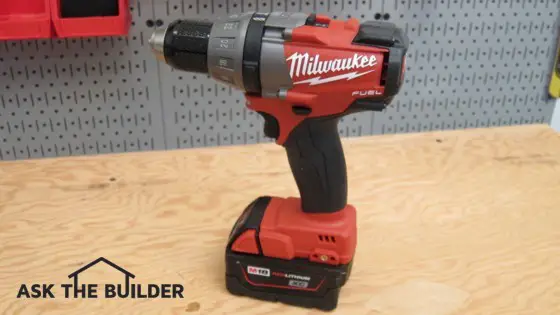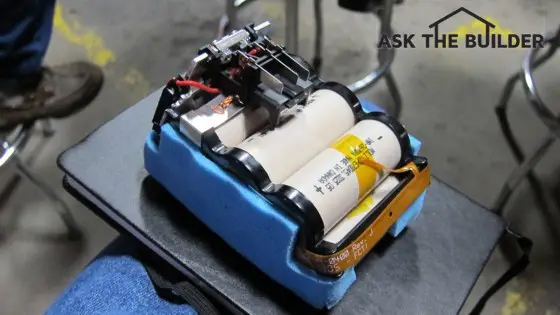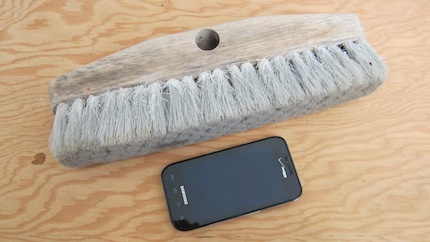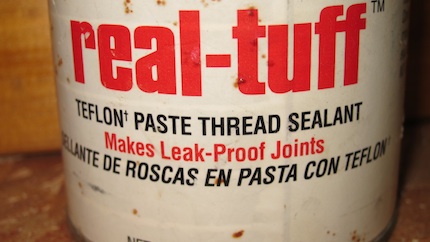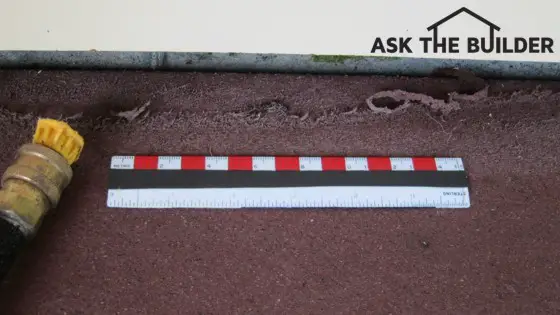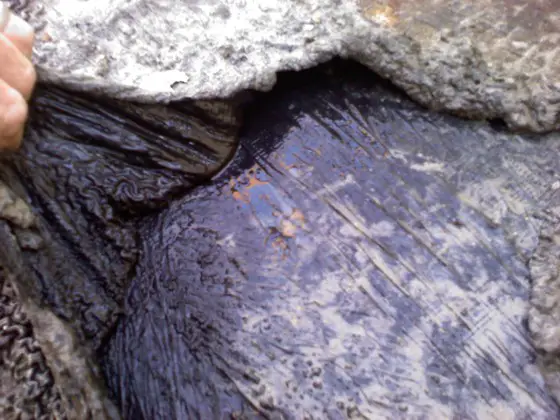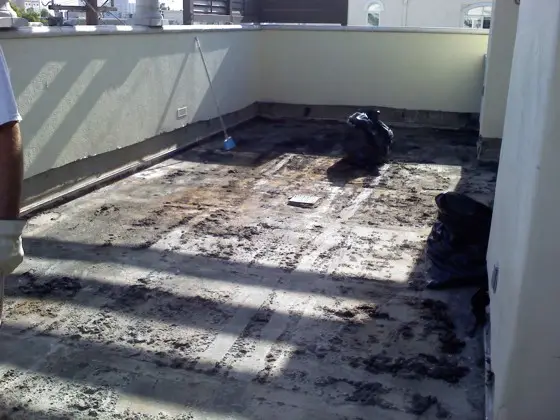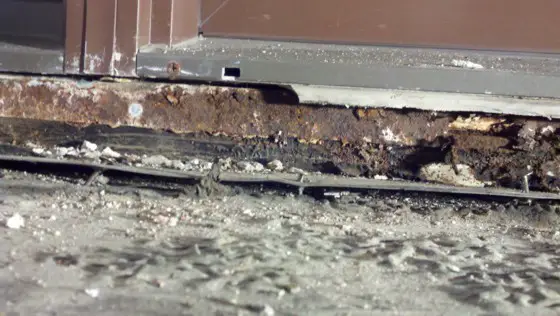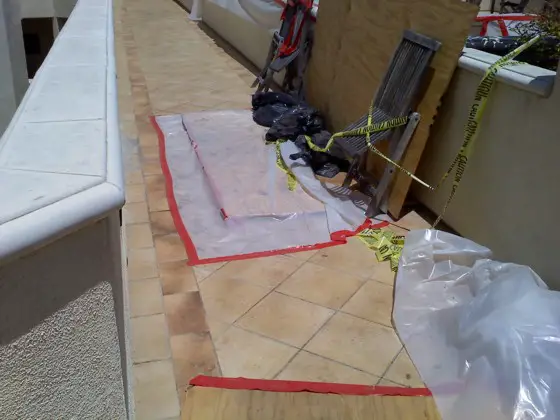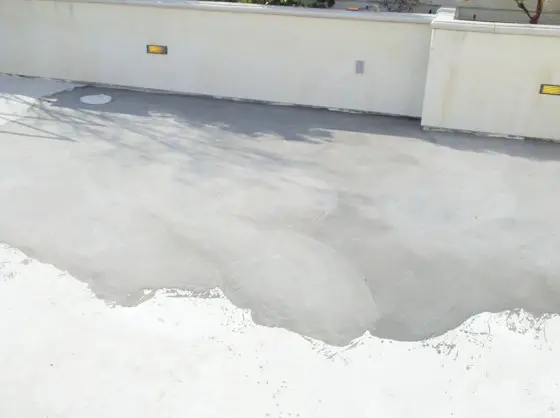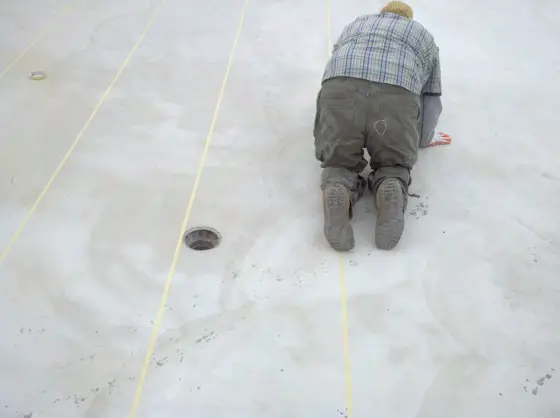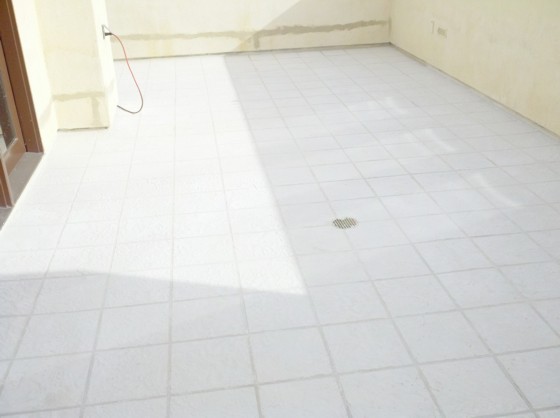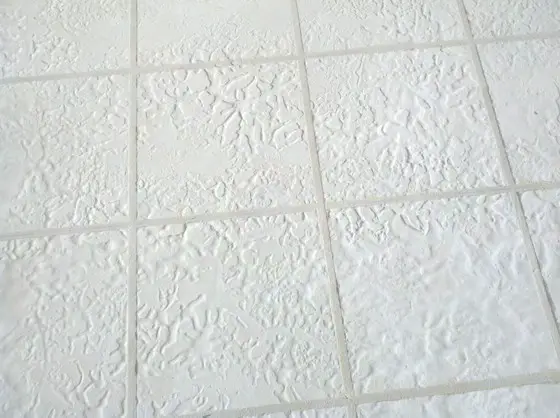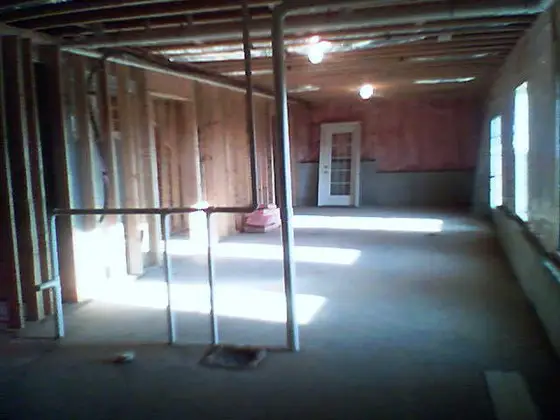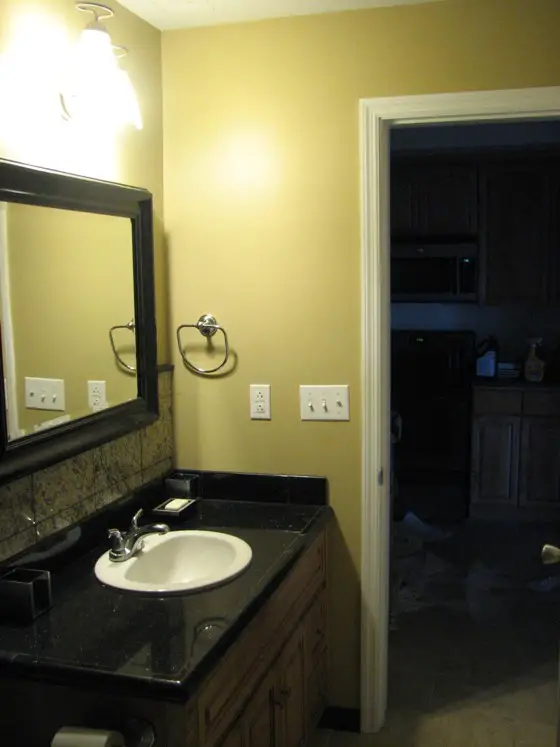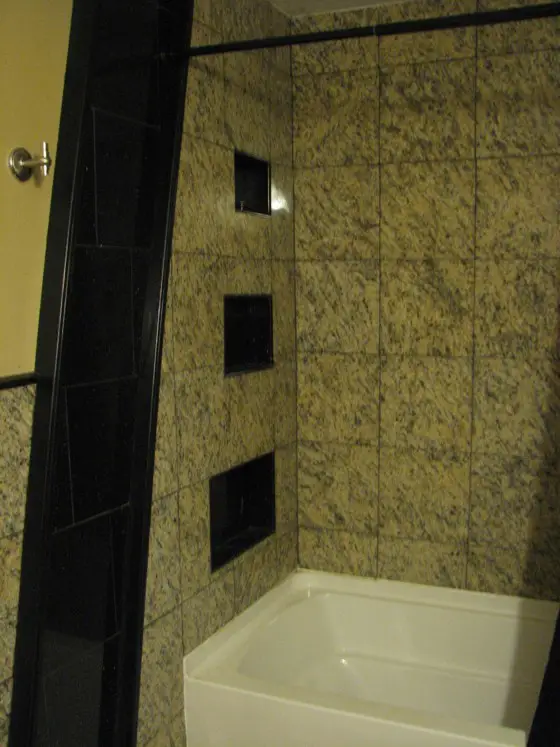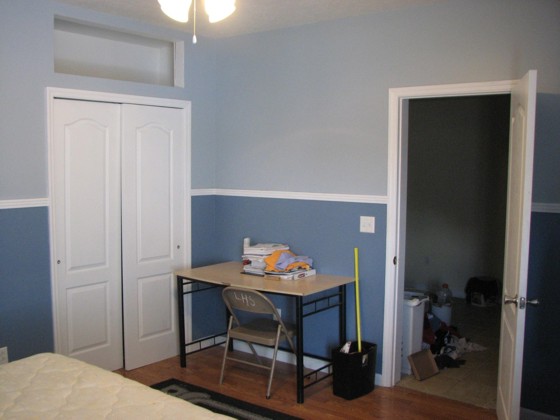Happy Birthday America!!
You could be on vacation right now. It's one of those crazy weeks where a holiday falls smack dab in the middle of the week. As such, this is going to be an abbreviated newsletter.
Unfortunately, I'll not be resting on the 4th of July as I'm gearing up to start the shed project! Many of the materials are here, and I intend to break ground next week. This week, I'll be taping the planning, site work and layout videos. If everything goes per plan, next Tuesday - July 10th - I'll be working with a 12,000 pound excavating machine leveling the site and digging the holes for the piers.
An hour ago, I went and gave the okay to the T-shirt printer. He printed off one shirt to make sure the colors were fine and that I liked the look. If you backed my shed project on Kickstarter and chose an award that includes the T-shirt, this is what you'll be getting.
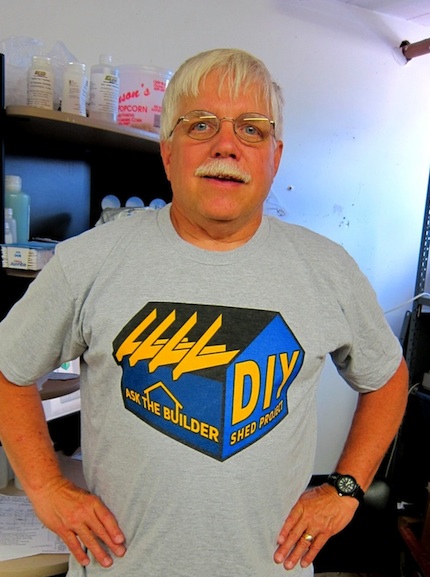
I'm thrilled with what Craig Grant, a graphic designer from Atlanta, GA, did the logo for the project. You can see some of his other work at: www.copynumberfive.com
Tip of the Week - Roofing Consult in Antigua
This week's tip comes to you in story form. I think you'll find it interesting. This is a MUST READ if you're thinking of starting a big project soon. You could easily get into trouble.
Last week I was in the West Indies in Antigua. I was hired as an expert witness by a property manager. The job was to do a forensic inspection on a leaking roof. The house was built up against the sea, and it was a magnificent place to be. As you might expect, it was HOT and HUMID. I was on the roof in the morning, but even getting off the roof before 11:00 am, I was exhausted.
While up on the roof, I taped videos of the mistakes made by the builder. You can see one of the videos in my One-Day Consult product in my shopping cart.
http://shop.askthebuilder.com/one-day-consult/
After getting off the roof, I combined all of the videos I shot into one giant video that showed all the errors. I then compiled a written report for the property manager. I even burned 3 DVD's there so the attorney and judge for the case could see the defects without having to try to visualize them reading a confusing written report filled with technical jargon. By using video, it's just like you're up on the roof with me. Plus, the video camera doesn't lie or spin the facts as some experts have been known to do.
The dispute between the owner of the building and the builder has been ongoing for the past four years! I'll have to go back to appear in court late this year or early next year.
I'm telling you this so that you don't become a victim of poor workmanship. All the mistakes I uncovered could have been avoided with minimal effort. My inspection turned up the following mistakes:
- poor plans and written specifications
- homeowner placing too much trust with the builder
- lack of proper inspection of the work
- builder deviated from plans
- wrong materials were used for the climate and conditions
- homeowner advanced the builder too much money
There were other flaws, but those are the most egregious ones.
What's the takeaway for you? It's simple. You MUST have great plans and specifications for any job you intend to hire out. The plans and specifications should be so detailed, the builder should never have to ask you a question. He knows everything you want, exactly how it should be built and exactly what materials should be used.
As the project is happening, If you don't know what to look for during the job to make sure it's RIGHT, hire someone who can. There are great private inspectors out there. I would hire one with the ASHI certification.
You must never, ever, ever pay money up front or advance too much money on a job HOPING everything works out. Don't allow Jedi mind tricks spewing from the builder's mouth lull you into giving him money he doesn't deserve just yet.
Deposits: The only time a deposit is acceptable is when the material for a job is custom ordered. It's unrealistic for you, the homeowner, to expect a company to order the custom materials HOPING you'll buy them when they do arrive. NEVER advance money to a contractor for materials if the materials are STOCK items at a local store.
If a contractor doesn't have enough money to buy the materials himself, and/or doesn't have a charge account at the supply house, that should be a giant flashing red light to you.
Affidavits - Legal Receipts: Before you pay money to a builder, you must obtain signed, notarized, etc. affidavits that are legal documents that protect you from liens.
Talk to a fantastic real estate or contract attorney to familiarize yourself with all of the laws of your state about contracts, liens, affidavits, etc. Spending one hour with an attorney getting a copy of your state's Cliff Notes about what to do BEFORE you sign a contract will be the best money you'll ever spend on a big job. All too often people go to the attorney AFTER they're in trouble.
I don't heavily advertise that I do consults like this because they're so time consuming. What's more, if you have to travel any distance a three-hour flight can easily turn into a 12-hour nightmare. Read about my American Airlines Flight 673 to Antigua last week. Jeesh.
http://www.timcarter.com/american_airlines_flight_673.html
The consult price may take your breath away, but it just boils down to time. Talk to any attorney and you'll quickly discover that an expert witness gets a minimum of $200 per hour. The three days to do your consult, including all the expenses to get there and back, is actually a bargain for what I charge.
http://shop.askthebuilder.com/one-day-consult/
If you just need help on the phone, I do that as well. That's not as costly and sometimes I can get you out of trouble in just 15 minutes.
Privacy in a Wide-Open Space
Have you been in a home that has a large archway between two rooms? One that allows the two rooms to act as one large room? This architectural feature was commonplace in homes built in the early 1900's. There are tens of thousands of them in some of our older cities.
In Cincinnati, OH, where I worked my entire career, neighborhoods like Hyde Park, Pleasant Ridge, Clifton, Avondale, etc. were loaded with these houses. But most had something at each of these openings that created privacy in about ten seconds.
Pocket doors - In seconds you could pull out two pocket doors from either side of the archway to create instant privacy.

I've had pocket doors in many of my jobs and I had several in the last house I built for my family. They are enormous space savers and they are attractive. I love how the doors hide away until such time as you need them.
You may be a person that's heard bad things about pocket doors. How the rub, how they jump off the track, how they are flimsy. Well, if you use LE Johnson hardware and frames to install the doors, you never have a problem. I mean NEVER.
Are you getting ready to remodel? Build a new home? You absolutely MUST go look at all the different photos of how pocket doors can be used in a home. PAY ATTENTION to the types of doors that are being used in each situation! One door has fifteen panes of glass in it! Another door has a giant pane of frosted glass. Would you install that door in that room? Check it out!
You can use pocket doors between just about any room, for a closet, and in a situation at a large archway where two pocket doors meet in the center! Would you like to win a pocket door kit? How about a contest?
REPLY back to me saying, "Tim, I want you to run a CONTEST to give away a free pocket door kit." I think I might be able to make this happen, and we can have some fun with it along the way!
http://www.johnsonhardware.com/pdgal.htm
New Tool Conferences - Milwaukee and Bosch
I've been absent from your email boxes for over two weeks because of an insane travel schedule. A little over two weeks ago, I was in Milwaukee and then Chicago for five days total.
I was fortunate to attend the annual conferences the two manufacturers put on. Unfortunately, there are many tools still under an embargo so I can't talk about them. But here are a few things I can share.
Milwaukee has had a heated jacket out for years. This may not mean much to you if you live in Florida or Southern California. But if it gets cold where you live, can you imagine having a heated jacket powered by a small lithium-ion battery that's hidden in a side pocket of the jacket?
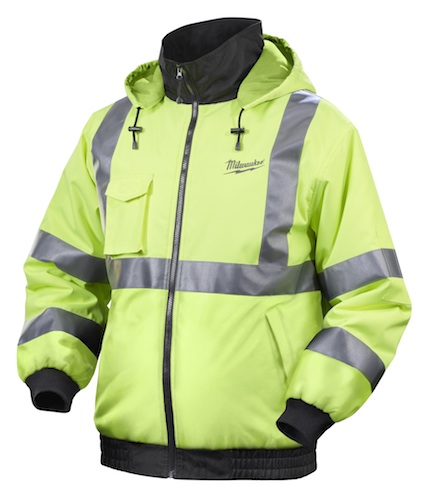
Now Milwaukee has improved on the jacket and offers it in a High-Visibility and black model. It has extra storage pockets, is water resistant and comes with controls so that you can adjust the jacket temperature to whatever the outdoor temperature is. This jacket works with the Milwaukee M12 system giving you 6 hours of run time. If you use the M18 batteries, you can get 18 hours of run time!
The jackets will be available in red, black, camouflage and the new high-vis color!
Bosch unveiled a sophisticated laser leveling tool that shows you high and low spots on a floor. This tool is perfect for those who want large ceramic tile or hardwood floors to be in the same plane with no humps or dips.
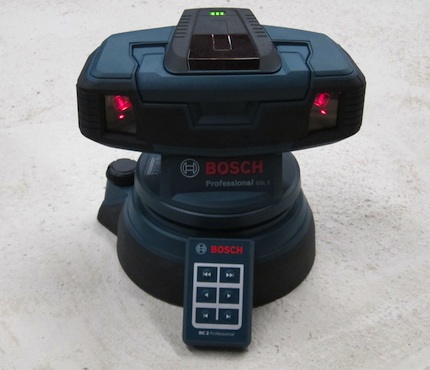
It's ingenious how the tool works. It projects two laser beams like spinning tilted saw blades. These beams cross over one another creating a three-dimensional letter X. Where the two beams intersect at the center of the X, that means the floor is in the same plane. But if you see two parallel lines out on the floor that means the floor is high or low where the lines are not one.
You use a special target you set on the floor at the parallel lines that tells you how high or low the floor is!
Perhaps the biggest news - as far as I'm concerned - is the advancements in technology that are allowing the tool manufacturers to get the performance of an 18-volt cordless tool from a 12-volt tool. That's huge.
I also discovered there are vast differences between the cordless batteries from one manufacturer to another. Just because a cordless tool battery says lithium on it, don't let that send a tingle up your leg. There are so-so lithium batteries and there are GREAT ones. I wrote a quick column that highlights what the best batteries have in them.
https://www.askthebuilder.com/cordless-power-tool-batteries/
While at the Milwaukee Tool Conference, they asked for a few volunteers who have worked in the field. Most of the people who attend these conferences are hobby bloggers and only a small handful actually have any hands-on experience working with tools for a living.

I have worked out on structural steel, so I volunteered. Here's a photo of a much thinner Tim Carter with more hair when I was working on the steel.
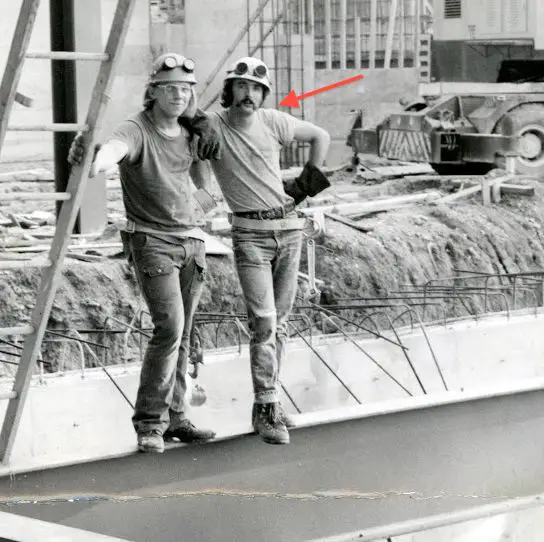
Failed Deck Sealer
Three years ago, I sealed my dock with a great clear water repellent. It did a fantastic job of repelling water, but the wood turned gray pretty quickly. I tried to remove the sealer a year later, but it really was holding on well to the cedar decking.
Before I left to go to Antigua, I was using a scrub brush on a pole on the dock to remove some duck droppings. Lo and behold, I was easily able to scrub off the deck sealer! After three years of sun and rain, it finally broke down.
I'm sharing this just to let you know that you need to be careful when you clean existing sealed decks. If you scrub too hard, you could remove the sealer - especially if the sealer is a less expensive one.






